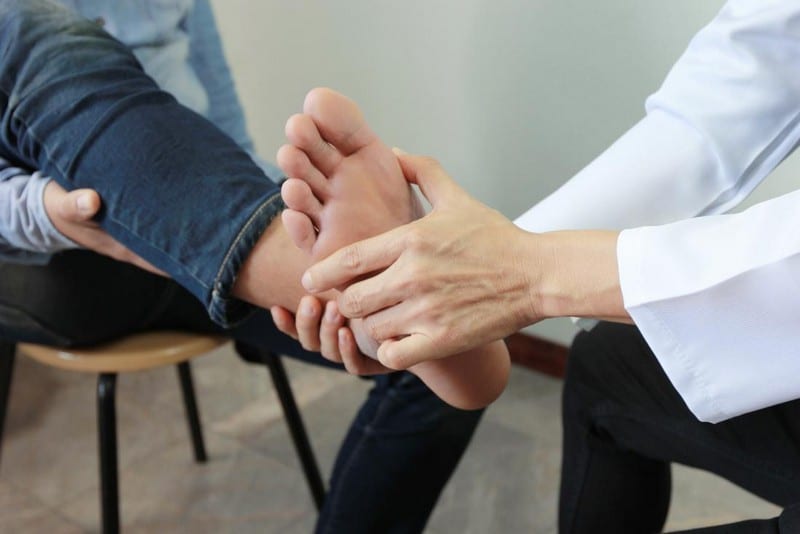Nerve Compression Syndrome

Nerve compression syndromes happen when there is pressure or irritation on the nerves. Compression of nerves occurs commonly in areas where they go via tiny tunnels or canals in the joints. Pain occurs when a nerve is compressed due to swelling or damage to surrounding tissue. Repetitive injuries are a common contributor to nerve compression syndrome. For example, carpal tunnel syndrome may be caused by a repetitive overextension of the wrist, such as using a computer keyboard, a mouse, or playing an instrument like the piano. Traumatic events, including sprains, fractures, and shattered bones, may also result in nerve compression syndrome.
The vast majority of cases include carpal tunnel syndrome, which typically manifests in the hands, upper body, and feet. This may lead to limb paralysis, numbness, discomfort, or tingling. Muscular atrophy and immobility in the affected area might hinder patients’ everyday lives.
After age 30, an adult’s likelihood of acquiring this illness rises dramatically. Nerve compression syndromes, such as carpal tunnel, are more common in women. Treatments may include surgery and physical therapy, depending on the severity of the condition. Home remedies, NSAIDs, and prosthetic devices are also recommended for temporary relief.










